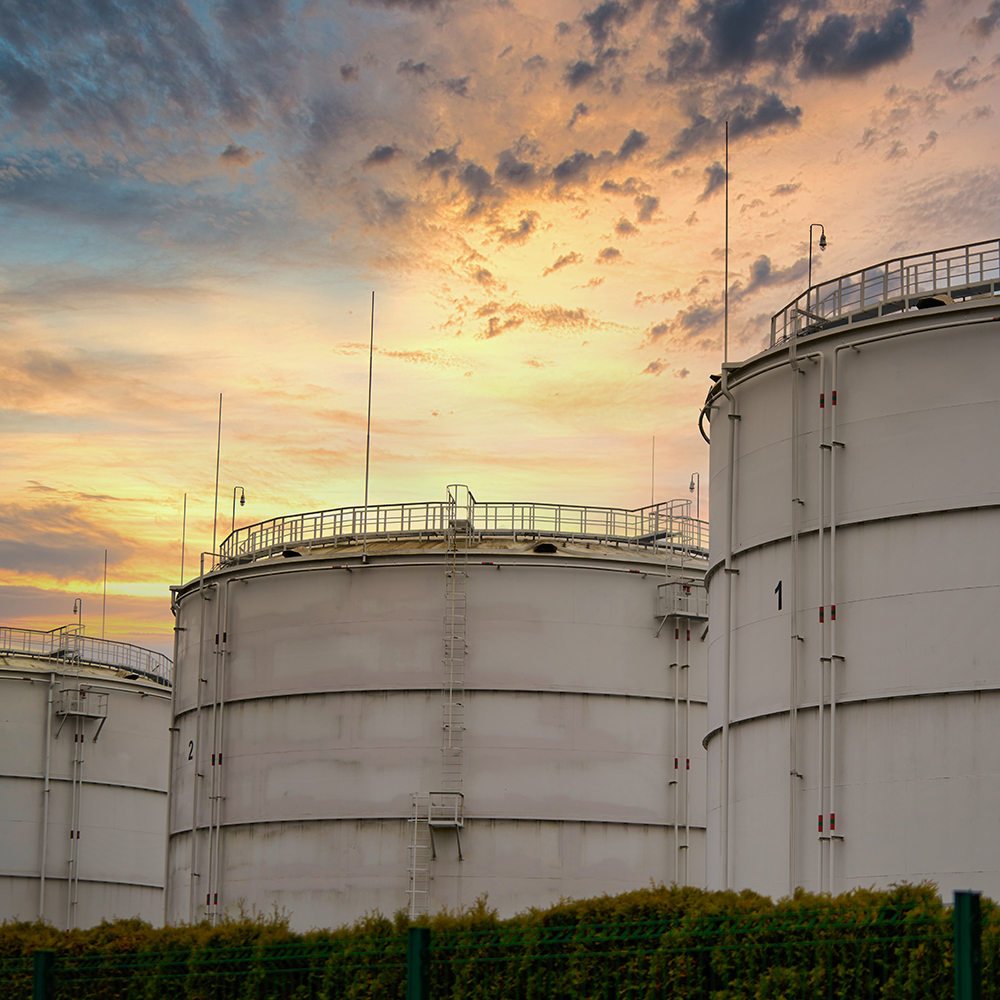Pipeline Transient Hydraulics.
The Problem
Hydraulic transients, also known as pressure surges, water hammer or pressure transients, are undesirable, and potentially catastrophic, the rise in pressure on a closed piping system with an incompressible process media. They are resultants of process disturbances which quickly and significantly impact the energy in the flowing media. As they are not desired operating conditions and can be caused by unpredicted equipment failure or operation, the impact of these transients on a piping system are not always compensated for.
The largest concern, particularly for petroleum pipelines, is the over-pressurization leading to loss of containment and environmental impact. To reliably operate closed system pipelines with incompressible fluids, it is crucial to understand and plan for hydraulic transients. In North America mitigating these transient events is regulated by 49 CFR in the United States and CSA Z662 in Canada. These organizations also provide guidelines for component suitability used in mitigation of transient events.


The Cause
Process disturbances caused by equipment operation or failure are the origins of hydraulic transients. These disturbances can be caused by a pump suddenly changing speed or stopping entirely, or a very quick opening or closing of a valve. Whether the originating operation of the equipment was intentional or inadvertent, the cause remains the same, a source of energy is created mechanically which will travel through the process media to then, in turn, exert the energy back on mechanical equipment.
The sudden and significant velocity change introduced by the equipment disturbance creates a velocity change of the process media. The increased velocity of the fluid, its kinetic energy, is transformed into pressure energy which is the surge of dynamic pressure introduced into the system, the hydraulic transient. This high-pressure wave now has the moving potential energy to exert against mechanical components which are not designed or rated for it.
The Solution
To dissipate the dynamic pressure energy created from hydraulic transients, there are several methods including surge tanks, surge pressure control valves, and surge relief systems. N2X specializes in ensuring the appropriate technology is applied and implemented. In addition to consultation on tank and control valve design, we offer solutions for the control of gas-loaded surge relief systems. View our Surge Solution products for further detail.








